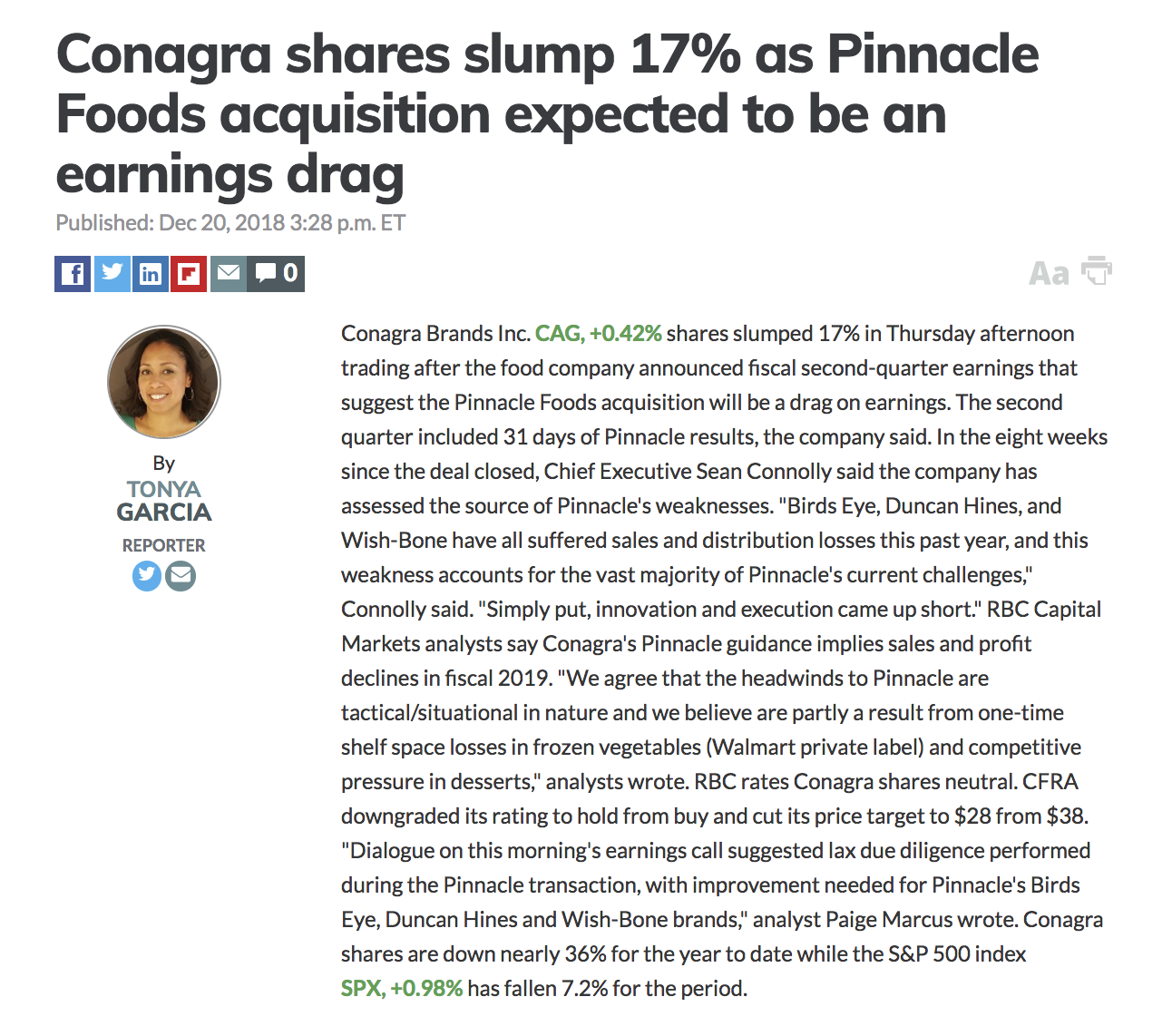This is the valuing of your own labor rate that takes place after your third or fourth trip back from Ikea. You know you have saved some money buying a set of shelves that you need to assemble but part of the decision was made by assessing how much time it would take to put the item together vs how much you saved.
Ikea is in the business in devaluing our self-perceived labor rate so that they can charge the most for a flatpack item such that the discount achieved justifies the hours needed to assemble the item. (This is the same model used by meal-kit businesses, or at least it should be.)
For items that do not require assembly then the trade-off people have to make is their willingness to buy products that do not comply with the standards for that type of product bought everywhere else. For example, a desk lamp from Ikea requires no assembly so there is no time-cost to save. To justify the lower price there must be an investment from the customer. In this case it is the willingness to accept a non-standard shade fitting. The same is true of other non-assembly products sold at Ikea.
For those folks interested in alternative data, there could be a macro signal regarding wage earnings and wage growth buried in this data. Comparing the price of an Ikea product with a similar (assembled) non-Ikea product over time could be a useful economic indicator.



